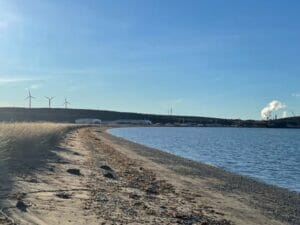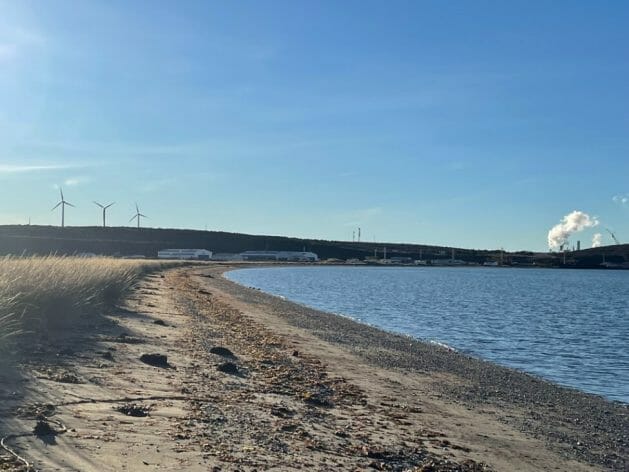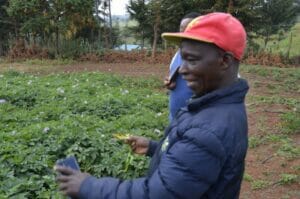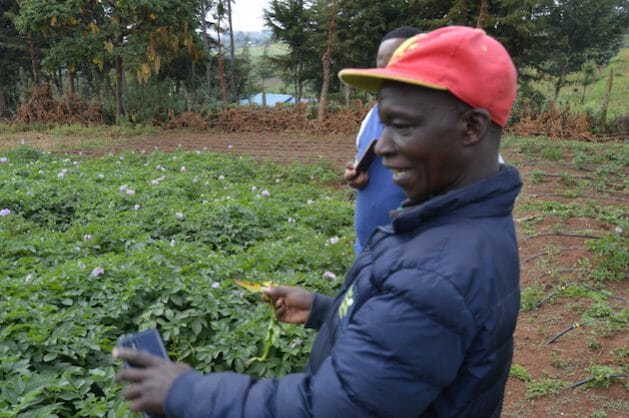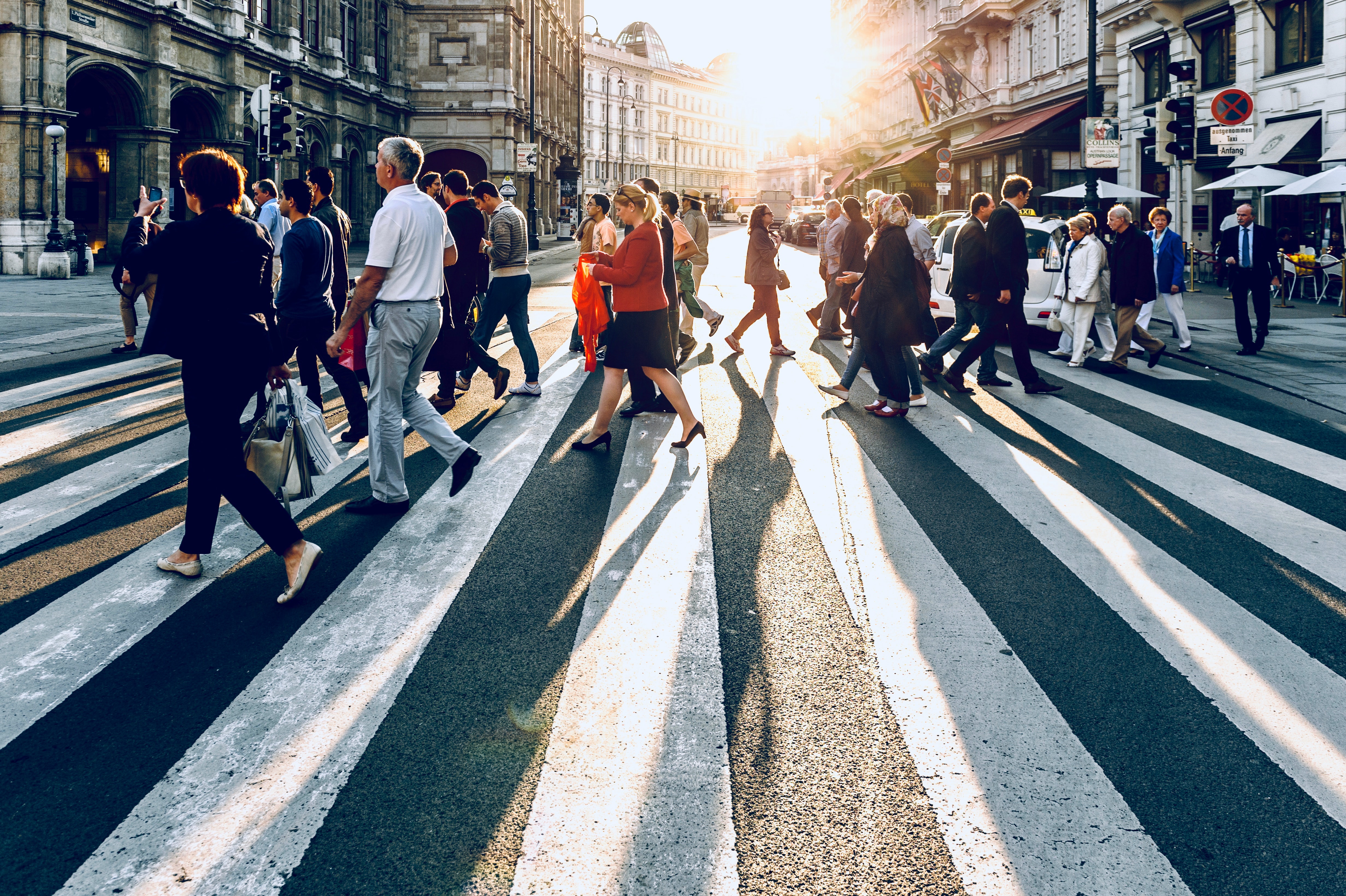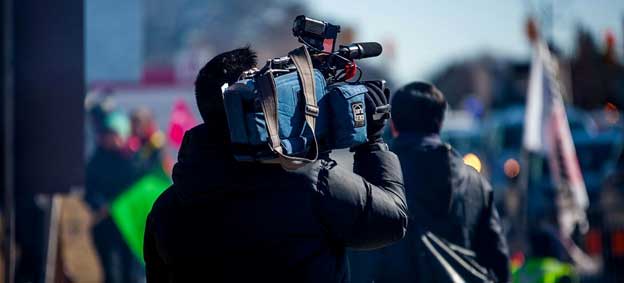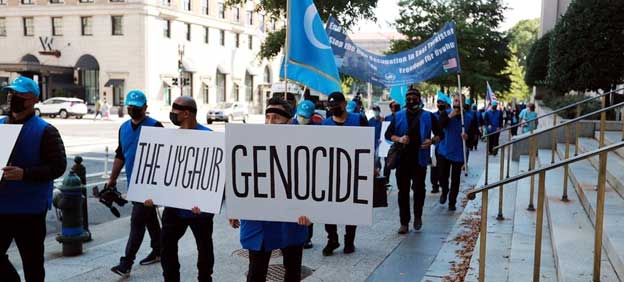
Civil Society, Development & Aid, Economy & Trade, Education, Featured, Global, Globalisation, Headlines, Inequity, Sustainability, TerraViva United Nations

Shutterstock
– As much of the world was starting to glimpse recovery from the COVID-19 pandemic, it now finds itself amid a cost-of-living crisis brought on by disruptions in global energy and food markets that are the result of conflict and climate change.
This again highlights how societal and planetary imbalances reinforce each other, as well as the need for a truly inclusive and green recovery. One that is foundational for achieving the Sustainable Development Goals (SDGs).
The COVID-19 pandemic demonstrated that digital is no longer optional. Countries with existing digital foundations were much better equipped to respond to citizens’ needs, including through the effective delivery of public services such as healthcare, social security benefits, and remote education. Digital will play a similarly important role in shaping a global green recovery.
Beyond building national socioeconomic resilience, digital transformation is also proving a key enabler in advancing global climate commitments. Countries supported by UNDP are leveraging digital in innovative ways to redouble their efforts to adopt renewable energy, transition to a circular economy, and to protect biodiversity.
Ecuador is building a digital traceability system for monitoring land use change and to track commodities through the supply chain. Papua New Guinea has piloted a mobile phone application to assist law enforcers to quickly record and report environmental harms such as illegal logging and bush fires.
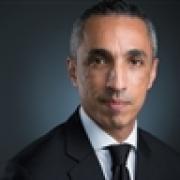
Riad Meddeb
Whether it’s emerging technologies like Artificial Intelligence (AI) or more established digital tools like the mobile phone digital can be a fundamental driver of change. It is reshaping the dynamics between the economy, governments, businesses, and civil society and is an important tool in rebalancing our planetary, societal, and economic priorities.
However, digital is fast becoming the global metric of both inclusion and exclusion. With 37 percent of the world’s population still offline, the digital divide, notably, the lack of accessible broadband, gaps in digital skills, and marginalized groups excluded from technology, has become a key barrier for countries wanting to capitalize on the potential opportunities of the increasingly digital economy.
And digital technologies themselves could constrain a Green Recovery. The industry’s carbon footprint could account for about 14 percent of global emissions by 2040. If digital were a country, it would nearly surpass the US as the second largest contributor to climate change. And this impact may worsen, with emerging technologies also contributing to increased emissions.
Digital and a green recovery
Integrating sustainable development in digital is central to ensuring a green recovery – one that drives inclusive digital access and capacity, promotes openness and open data, and fosters innovations that increase the efficiency of digital technologies and mitigates their environmental footprint.
In this context, the UNDP Global Centre for Technology, Innovation and Sustainable Development organized its flagship event ‘Digital for a Green Recovery’ on the sidelines of the World Cities Summit in Singapore. The event highlighted three priorities for an inclusive and green digital transformation.
First, we must put people at the centre of innovation. This includes ensuring the availability of foundational digital infrastructure so that everyone can benefit. We must also ensure that the technical standards and explorations of emerging technologies are ‘human-centred’, founded on the local needs and aspirations of populations, but also ‘environment-centred’.
Second, we need to strengthen collaboration between innovation ecosystems. Innovation doesn’t happen in a vacuum. It requires an enabling ecosystem comprising policies and regulations, investors, incubators and accelerators; and educational institutions. Digital can be a potent enabler for connecting dispersed national and global innovation ecosystems in pursuit of sustainability.
Third, data is the lifeblood of digital transformation and could be an important equalizer for countries in accelerating their efforts towards the Sustainable Development Goals.
However, a number of countries lack even foundational data infrastructure, such as data centres, communication networks, and energy grids. We need to accelerate efforts to build data capacity to ensure that existing digital divides are not widened.
Digital is an indispensable enabler for driving a green and inclusive recovery. But it is truly a ‘whole-of-society’ endeavour.
As a platform to showcase innovation, best practice, and to foster partnerships, the UNDP Global Centre for Technology, Innovation, and Sustainable Development will continue to convene global discussions, support and align innovation ecosystems around the world, and guide governments in leveraging the potential afforded by digital. Through driving the experimentation, adoption, and scaling of digital, we can shape a Green Recovery that works for both people and planet.
Riad Meddeb is Acting Director, UNDP Global Centre for Technology, Innovation and Sustainable Development & Senior Principal Advisor for SIDS
These insights were drawn from ‘Digital for a Green Recovery’ – the Flagship Event of the UNDP Global Centre for Technology, Innovation and Sustainable Development, held on the sidelines of the World Cities Summit 2022 in Singapore.
Source: UNDP Blog
IPS UN Bureau

